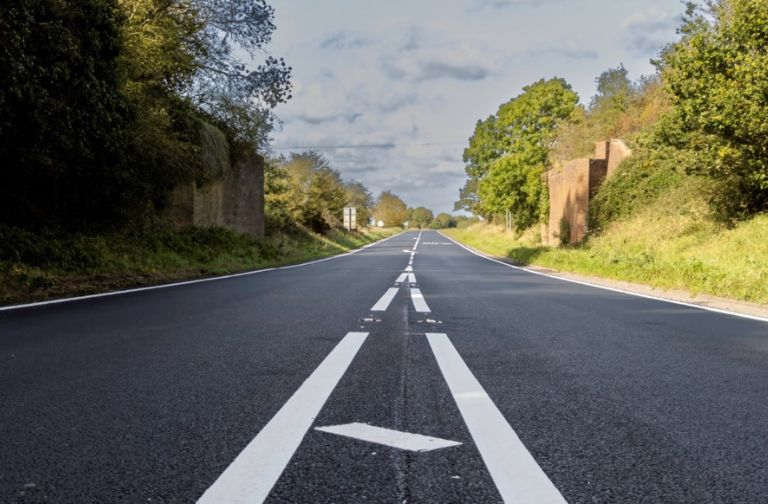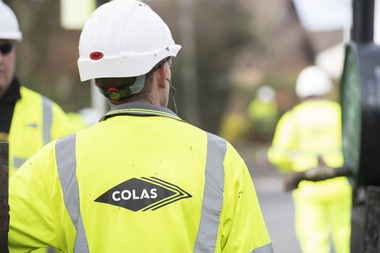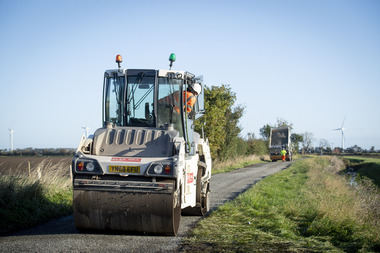Looking after our highways surfaces – what does the future look like?
16-04-2025

Backdrop
The latest Annual Local Authority Road Maintenance (ALARM) Survey Report was published on the 18th March, and it shows that whilst roads are considered to be councils’ most valuable asset, worth in excess of £400 billion, only 1% of this value is spent on their annual maintenance.
In October 2024 when the Chancellor announced an additional £500m for highway maintenance in 2025, Chair of the Asphalt Industry Alliance (AIA) David Giles commented “While, the additional £500 million for highway maintenance next year is welcome, it falls short of the long-term funding horizon the sector has been calling for. And, with a one-time catch-up cost of £14.4 billion* in England alone, this additional allocation is a fraction of what’s needed to prevent further decline.”
Local Authorities are facing funding challenges across a vast array of services, not just highways. This coupled with the additional pressures that climate change, road use and vehicle changes are presenting is leading to the increasing need for longer term, proactive planning when it comes to effectively maintaining our highways. According to ALARM, highway maintenance funds need to at least double and be consistent for the next 5 to 10 years to deliver lasting improvements.
Of most concern, is that according to the AIA ALARM survey, 52% of local roads have less than 15 years’ structural life left.
Current typically used solutions
Against this concerning backdrop, Local Authorities and trying to maintain their valuable asset, typically, they are using solutions such as pothole/patching and other short-term repairs, surface treatments and of course, full resurfacing. However, as ALARM shows, the average frequency of resurfacing is currently every 93 years and it seems we are more likely to be seeing pothole repairs with over 1.9 billion filled last year.
Surface treatment solutions are commonly used for both carriageway and footway interventions to upgrade and renew the surface and act as a preventative approach to prolong pavement life. There are many different types with new solutions and materials emerging.
Did you know that over 95% of the UK’s roads are asphalt, and that asphalt is 100% recyclable? And yet, in situ recycling is a solution that is not often specified. But, it has been available since the 1930’s – Colas were delivering in situ recycling solutions as far back as 1937.
What should we be doing to deliver decarbonisation and value for money?
With funding currently allocated on an annual basis, there is of course generally an annual approach to planning interventions. But, if we want to really change our impact, in particular reducing our carbon footprint in road maintenance, we need to consider a longer-term whole life asset perspective. This would mean interventions taking place at key points in a road’s life cycle in order to build longevity into such a critical infrastructure asset, as well as preventing the need for larger, more disruptive and impactful interventions until later in the lifecycle.

As the diagram shows, early interventions, through the use of preservers, rejuvenators or a hybrid version of both of these solutions could extend asset life.
Exciting future solutions
Over the coming months we are going to look at the solutions available for each of the 5 stages of road degradation classified here:
We will examine in more detail what are typically used, and look at recent new to the market solutions that will give Local Authorities a wider range of options, as well as potentially decreasing their carbon footprint. These could include temperature changes, earlier intervention options to create longer life and solutions that are already being used internationally but not used here in the UK.
As one of the private sector partners in the ADEPT Live Labs 2 projects, we are delighted to be involved in the CEDR (Centre of Excellence for Decarbonising Roads), which is examining a wide range of materials available both in the UK and internationally in order to support a centralised sector wide knowledge bank. Trials coupled with independent testing and academic research will bring a robust knowledge of materials available to support delivery of effective highways maintenance against the challenging backdrop outlined in section 1.







